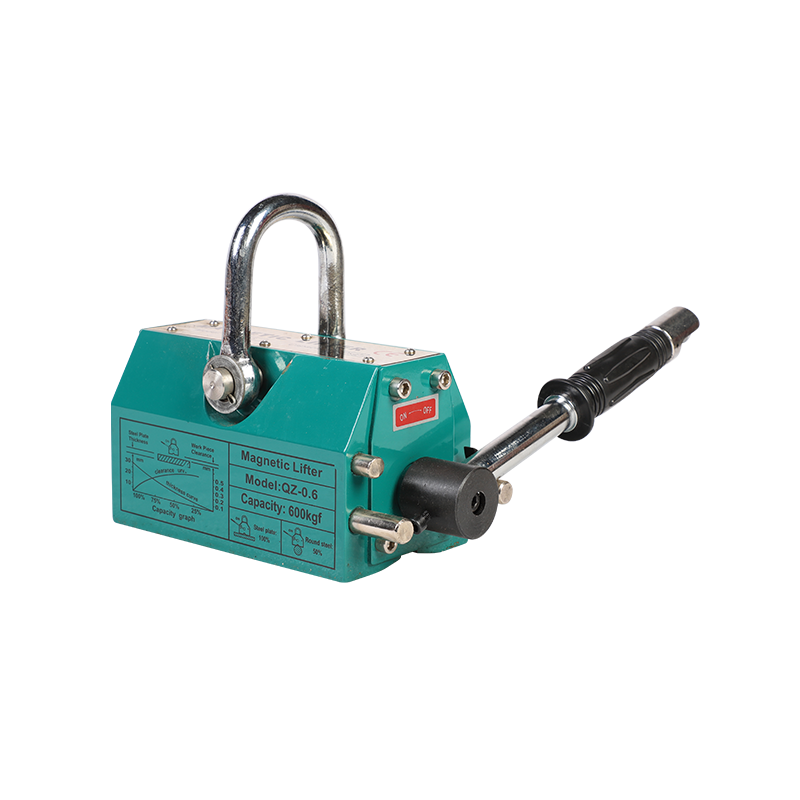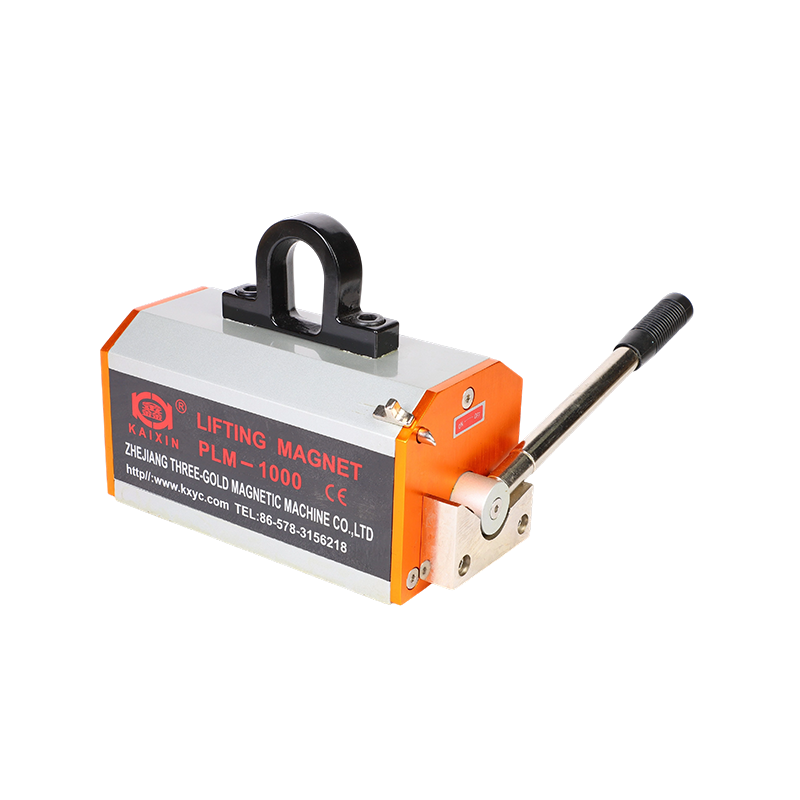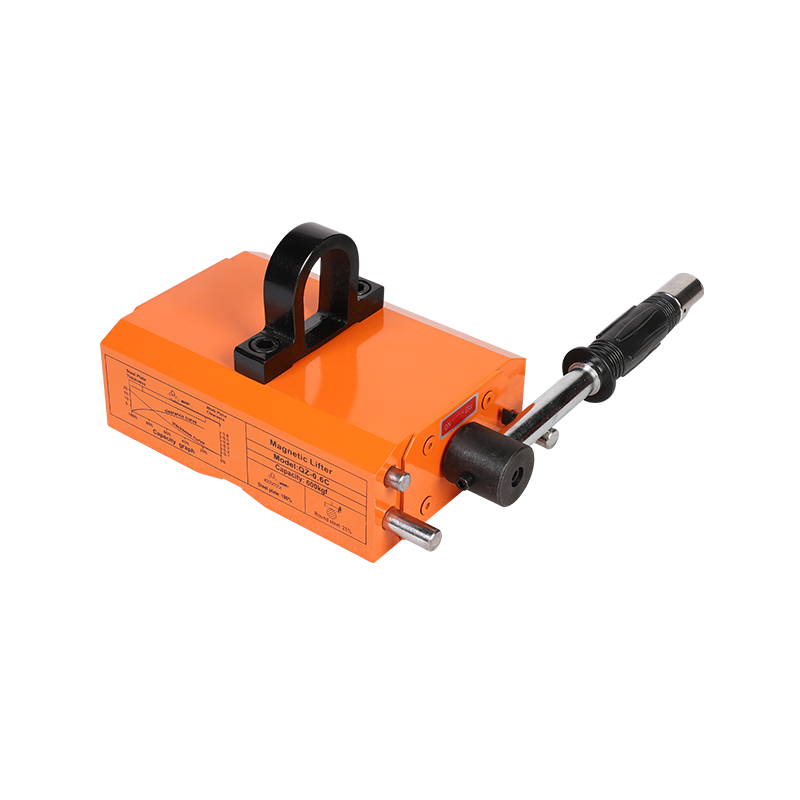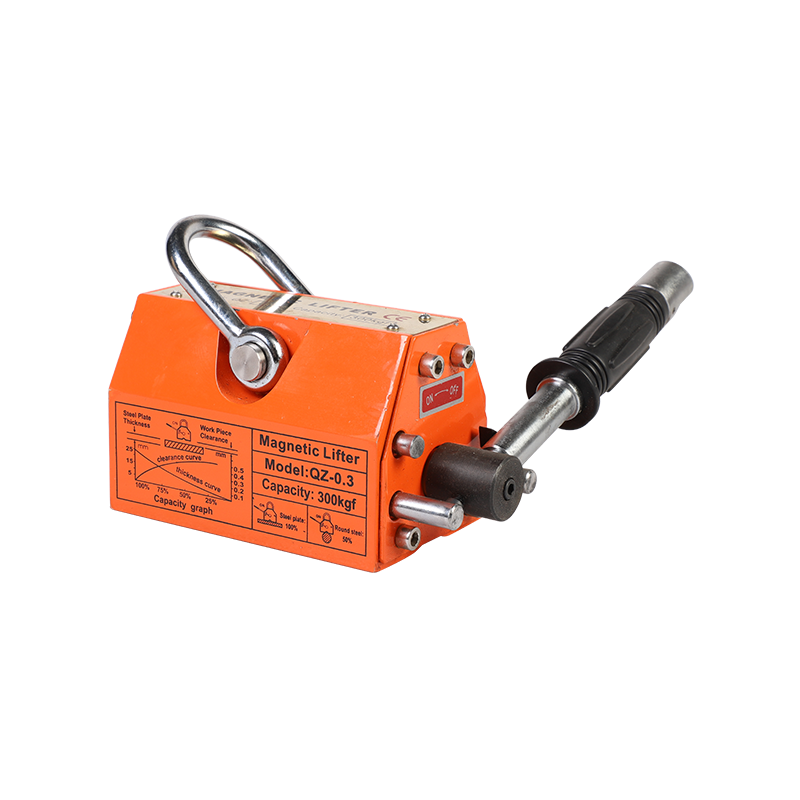Permanent Magnetic Lifter has become a crucial tool in industrial material handling due to its efficiency, reliability, and ability to lift heavy ferromagnetic objects without the need for electricity. One important consideration for users is understanding how the lifter performs during horizontal and vertical lifting operations. The orientation of the load can significantly influence stability, safety, and effective lifting capacity. Evaluating these differences is essential for operators to ensure suitable performance and prevent accidents or equipment damage.

Vertical Lifting Performance
In vertical lifting, the Permanent Magnetic Lifter operates with the load oriented perpendicular to the magnetic surface. This position generally allows the full magnetic force to act directly against gravity, improving lifting capacity. Vertical lifting is typically more stable because the force is evenly distributed across the contact area, reducing the risk of slippage. However, precise alignment of the lifter on the load is crucial to ensure that the magnetic field engages evenly. Improper placement can cause uneven load distribution, which may compromise safety and reduce effective lifting performance.
Horizontal Lifting Performance
Horizontal lifting presents different challenges for the Permanent Magnetic Lifter. When lifting objects parallel to the magnetic surface, shear forces act along the plane of contact rather than perpendicular to it. This configuration reduces the effective lifting capacity because the magnetic adhesion is less resistant to sliding. Horizontal lifting requires careful attention to load distribution, friction, and surface condition. Additional precautions, such as using mechanical restraints or guiding systems, are often necessary to prevent lateral slippage and ensure safe operation.
Factors Affecting Lifting Differences
Several factors contribute to the performance differences between horizontal and vertical lifting. The surface condition of the load is critical; any debris, rust, or unevenness can significantly reduce magnetic adhesion, especially during horizontal lifts. Load geometry also matters, as larger or irregularly shaped objects may have uneven contact areas, influencing magnetic force distribution. The quality and design of the Permanent Magnetic Lifter, including the strength of the magnet and the effectiveness of its on/off mechanism, also affect performance in both orientations.
Safety Considerations
Safety protocols must account for the differences in lifting orientation. Vertical lifting usually allows for higher weight limits and more predictable behavior, but operators must ensure that the load is balanced and aligned. Horizontal lifting requires additional caution due to the increased risk of sliding, which can cause injuries or damage to equipment. Operators should be trained in proper placement, movement speed, and emergency procedures to decrease risks. Regular inspections of the lifter and the surface conditions of loads further enhance safety during both lifting operations.
Maintenance and Longevity Implications
Frequent horizontal lifting can place additional stress on the Permanent Magnetic Lifter compared to vertical lifting. Lateral forces can accelerate wear on the magnet housing, mechanical switches, and contact surfaces. Ensuring proper maintenance, including cleaning contact areas and checking for structural integrity, is essential for preserving lifting performance over time. Proper care helps maintain consistent magnetic force and reduces the risk of premature wear or failure in both vertical and horizontal applications.
Understanding Lifting Orientation Differences
The orientation of a load significantly impacts the performance of a Permanent Magnetic Lifter. Vertical lifting generally allows for lifting capacity and stability, while horizontal lifting reduces effective capacity and increases the risk of sliding. By understanding these differences, operators can select appropriate lifting methods, implement safety measures, and ensure efficient and reliable material handling. Proper training, load assessment, and maintenance are essential to improve the performance and longevity of the lifter in both lifting orientations.


